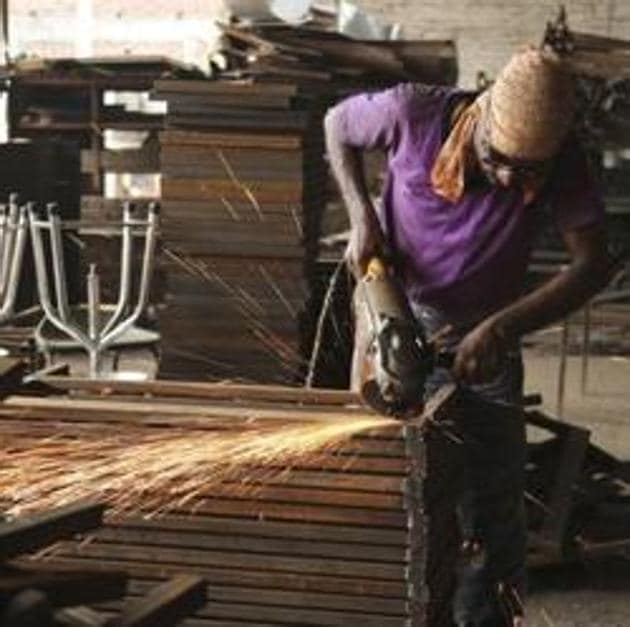How India’s economy is recovering rapidly from the pandemic
The overall economic package of ₹20 lakh crore, that is, 10% of India’s Gross Domestic Product (GDP) became the financial spine for a self-reliant India. The government’s effort has been to fight back and not just soldier on through the pandemic.
The popular story of the shepherd boy who repeatedly cried “wolf” even though there was none has been heard over many generations now. The story seems to be repeating itself in today’s India but in a different form, with the Opposition constantly painting doomsday scenarios about the economy. However, the emerging economic data, in the wake of the pandemic, tells a different story.

The pandemic has led to a huge economic setbacks for many nations and India is no exception. From supply chain disruptions to reduced consumer activity, from the plunge in trade to the near-collapse of certain industries, the world is going through one of the most difficult times in collective memory.
Prime Minister (PM) Narendra Modi put human lives before the distress in the economy caused by the lockdown. After all, in a pre-lockdown poll, 64% of the people wanted the government to choose to save lives, even if it meant a slower economic revival. The philosophy of the government evolved dynamically with changing scenarios, from jaan hain toh jahan hain (if one is alive, there is a world) for the first lockdown to jaan bhi, jahan bhi (life also, world also) subsequently, and, finally, jan se lekar jag tak (from an individual to humanity), before the the Atmanirbhar Bharat (Self-Reliant India) campaign. The government launched the world’s largest food security scheme for 800 million people coupled with cash transfers of ₹1.7 lakh crore under the Pradhan Mantri Garib Kalyan Yojana scheme. Equated Monthly Instalments (EMIs) were put on hold for six months; ₹18,000 crore was released for taxpayers; foreign direct investment (FDI) norms were changed to protect Indian companies from opportunistic acquisitions; collateral-free loans and bank guarantees were announced for Micro, Small and Medium Enterprises (MSMEs); tax deadlines were increased significantly to give relief to taxpayers; and One Nation One Ration Card schemes were implemented.
The overall economic package of ₹20 lakh crore, that is, 10% of India’s Gross Domestic Product (GDP) became the financial spine for a self-reliant India. The government’s effort has been to fight back and not just soldier on through the pandemic.
The Goods and Services Tax (GST) collection is ₹95.5 thousand crore for September, a year-on-year (Y-o-Y) growth of 4%. Similarly, power consumption saw 4.6% Y-o-Y growth in September at 113.5 billion units. The rail freight is up 15% in comparison with the corresponding period during the previous years. The e-way bills, in terms of value, have surged past the previous year levels in September reflecting a positive Y-o-Y growth in logistics.
In the first fortnight of September, petrol consumption grew by 2% and diesel consumption grew by 5.5% compared to the previous years. These numbers indicate not only a recovery of the supply chain but also a surge forward of sorts.
Exports stood at $27.4 billon in September (up by 5.27% in comparison to the corresponding period last year). The Purchasing Manager’s Index (PMI) too jumped to an eight- year high of 56.8.
The consumption of flat steel and long steel was down by only 5% and 10% respectively in August as against 43% and 15%, respectively, in June. This shows that the real estate sector is changing gears and accelerating. The aviation sector, too, has started showing much greater improvement than forecasted. The average number of weekly air travellers increased from about 38,000 in the week starting May 29 to a whopping 135,000 in the week beginning September 25. While many countries announced immediate measures to ease the strain caused by the virus, India found opportunity in adversity through the implementation of long-term goals. These numbers tell the story of belief in the human spirit over forecasting; the same human spirit which pushed India to become a global manufacturing hub for Personal Protective Equipment kits and masks. The encouraging numbers are testimony to the PM’s inspirational call to the country to go from being at a standstill to moving at warp speed.
Gajendra Singh Shekhawat is Union minister, Jal Shakti ministry
The views expressed are personal






